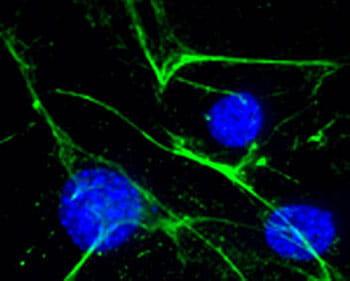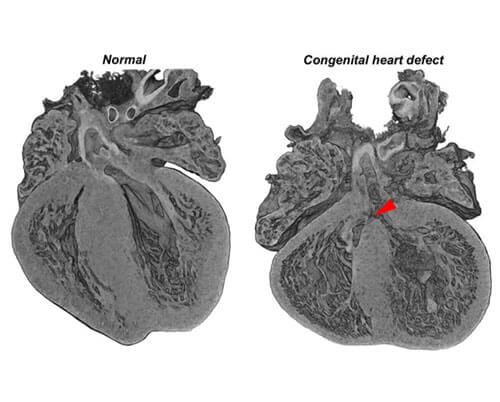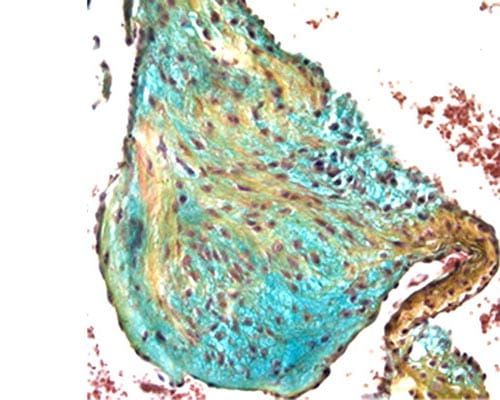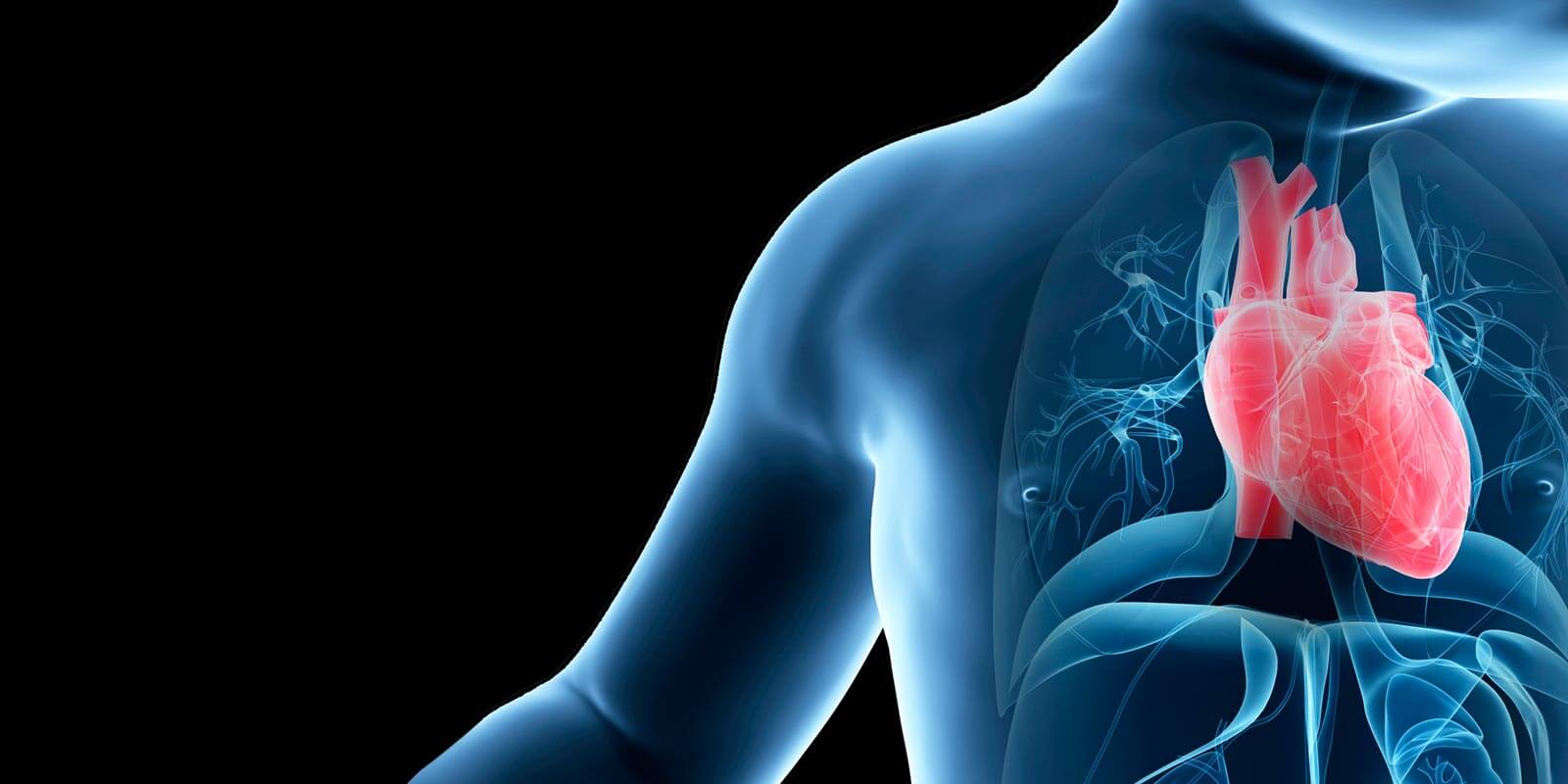
Extracellular Matrix Regulation of Connective Tissue Disorders
Congenital heart defects are the most common birth defect and affect approximately 1% of births per year in the United States. We aim to identify novel gene mutations linked to these defects and understand their impact on heart development.
About Timothy J. Mead, PhD
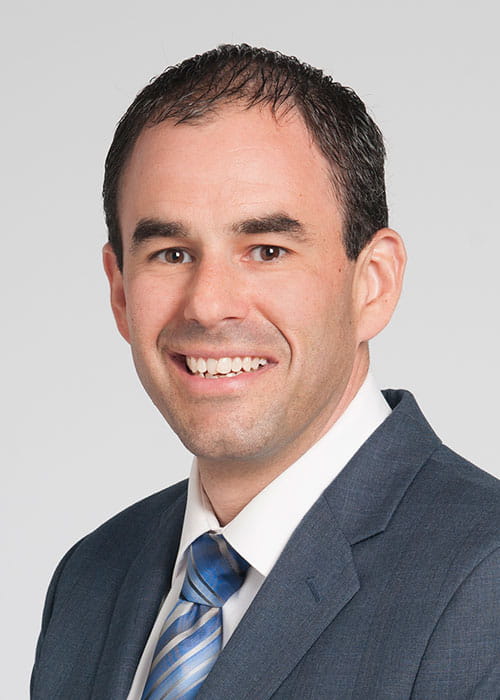
Timothy J. Mead, PhD
Assistant Professor, Department of Pediatrics, Case Western Reserve University School of Medicine
Staff Scientist, Department of Pediatrics, University Hospitals Rainbow Babies & Children’s
Dr. Mead is a trained developmental and molecular biologist with a keen focus on cardiovascular development and disease. His research centers on how changes in the extracellular matrix results in dysfunctional heart development and resulting congenital heart defects. Dr. Mead utilizes mouse models of congenital heart disease, biochemistry and proteomics to understand the molecular mechanisms underlying these diseases towards the development of therapeutic approaches. His current research focus is on the novel concept of inhibiting a protease that remodels fibrillin microfibrils in the aorta in an effort to identify a therapeutic for Marfan syndrome.
Impact of Our Research
The short-term impact of our research is identifying and understanding the molecular mechanisms of heart development and disease. Congenital heart defects are the most common birth defect and affect approximately 1% of births per year in the United States. We aim to identify novel gene mutations linked to these defects and understand their impact on heart development. Identifying these gene mutations will allow for early detection and, hopefully, early intervention. The long-term impact of our research is to uncover the molecular mechanisms of these disease-causing gene mutations to identify new ways to treat congenital heart defect patients.
